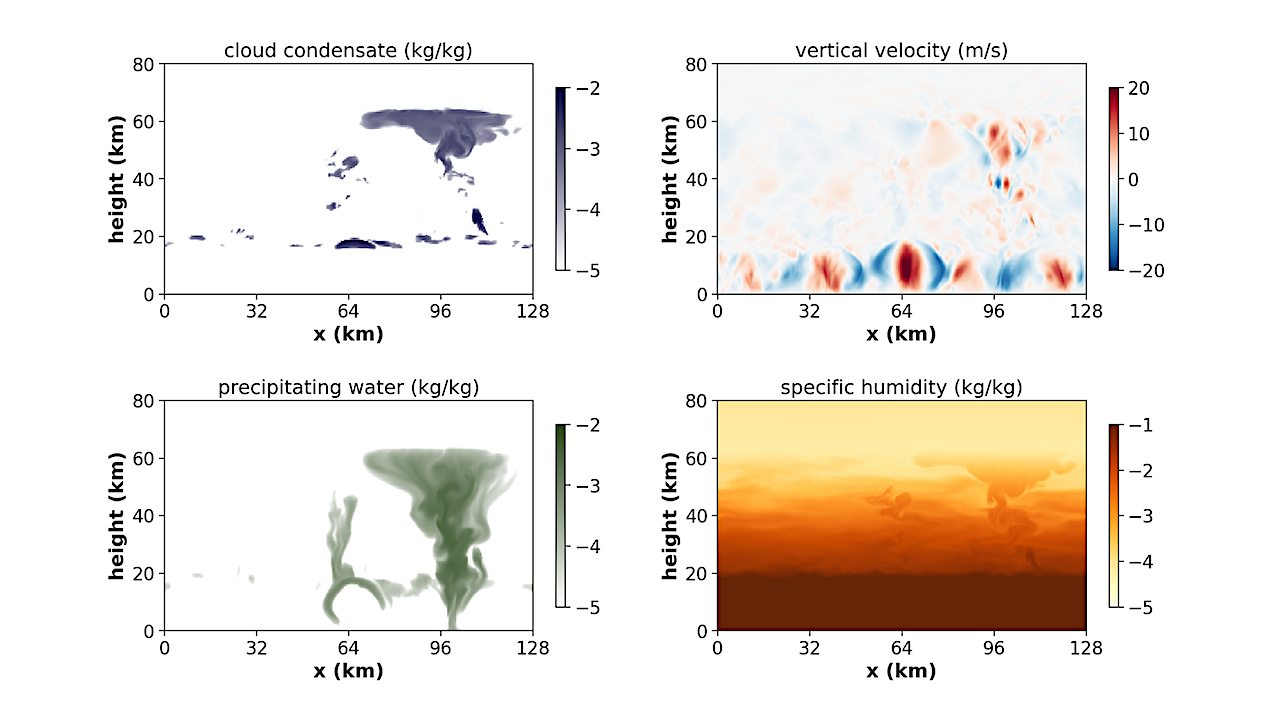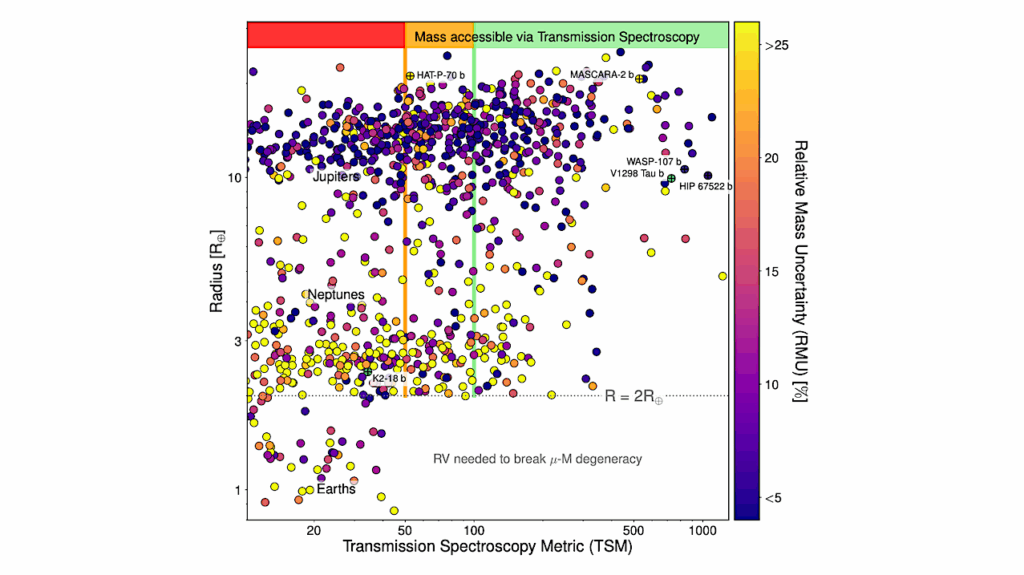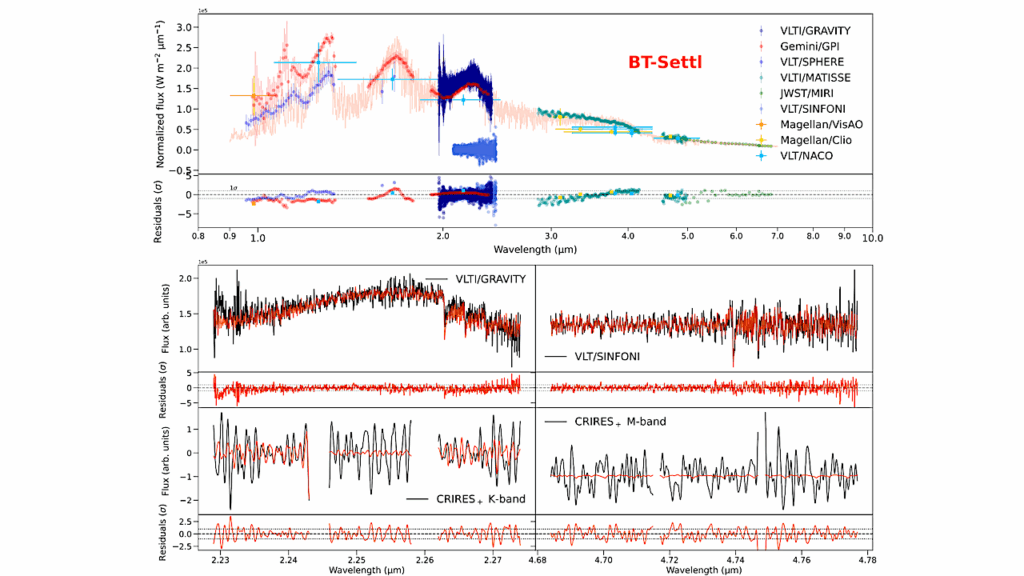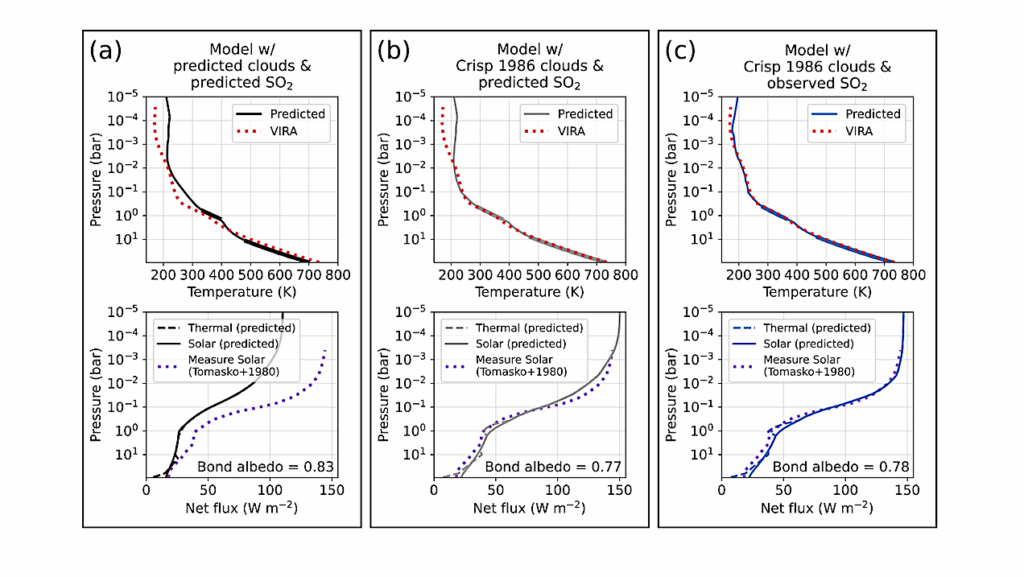Resolved Convection In Hydrogen-rich Atmospheres

In hydrogen-rich atmospheres with low mean molecular weight (MMW), an air parcel containing a higher-molecular-weight condensible can be negatively buoyant even if its temperature is higher than the surrounding environment.
This should fundamentally alter the dynamics of moist convection, but the low-MMW regime has previously been explored primarily via one-dimensional theories that cannot capture the complexity of moist turbulence.
Here, we use a three-dimensional cloud-resolving model to simulate moist convection in atmospheres with a wide range of background MMW, and confirm that a humidity threshold for buoyancy reversal first derived by Guillot (1995) coincides with an abrupt change in tropospheric structure. Crossing the “Guillot threshold” in near-surface humidity causes the dry (subcloud) boundary layer to collapse and be replaced by a very cloudy layer with a temperature lapse rate that exceeds the dry adiabatic rate.
Simulations with reduced surface moisture availability in the lower atmosphere feature a deeper dry subcloud layer, which allows the superadiabatic cloud layer to remain aloft. Our simulations support a potentially observable systematic trend toward increased cloudiness for atmospheres with near-surface moisture concentrations above the Guillot threshold.
This should apply to ceH2O and potentially to other condensible species on hotter worlds. We also find evidence for episodic convective activity and associated variability in cloud cover in some of our low-MMW simulations, which should be investigated further with global-scale simulations.
Jacob T. Seeley, Robin D. Wordsworth
Subjects: Earth and Planetary Astrophysics (astro-ph.EP)
Cite as: arXiv:2412.06648 [astro-ph.EP] (or arXiv:2412.06648v1 [astro-ph.EP] for this version)
https://doi.org/10.48550/arXiv.2412.06648
Focus to learn more
Submission history
From: Jacob Seeley
[v1] Mon, 9 Dec 2024 16:41:13 UTC (1,269 KB)
https://arxiv.org/abs/2412.06648
Astrobiology








